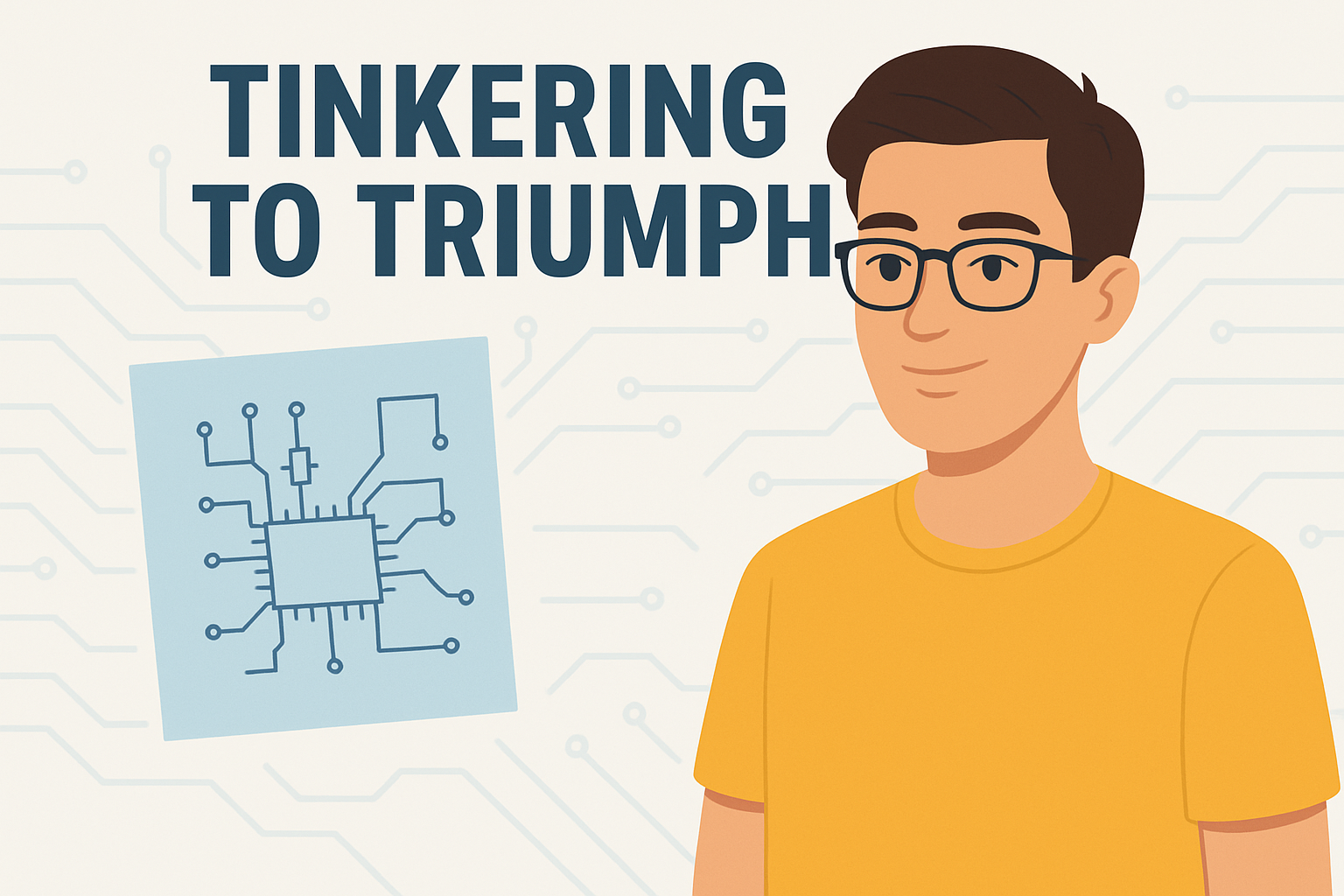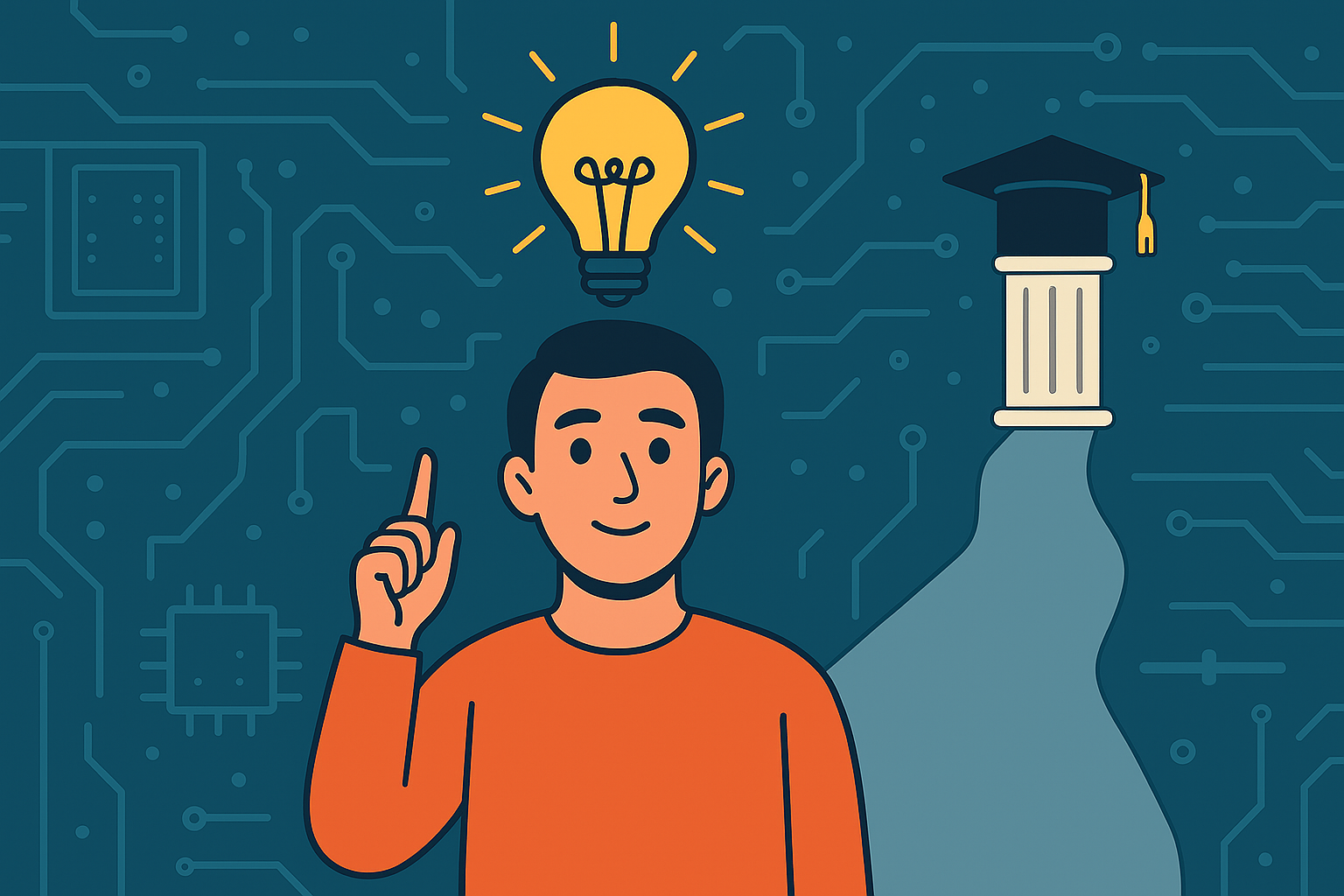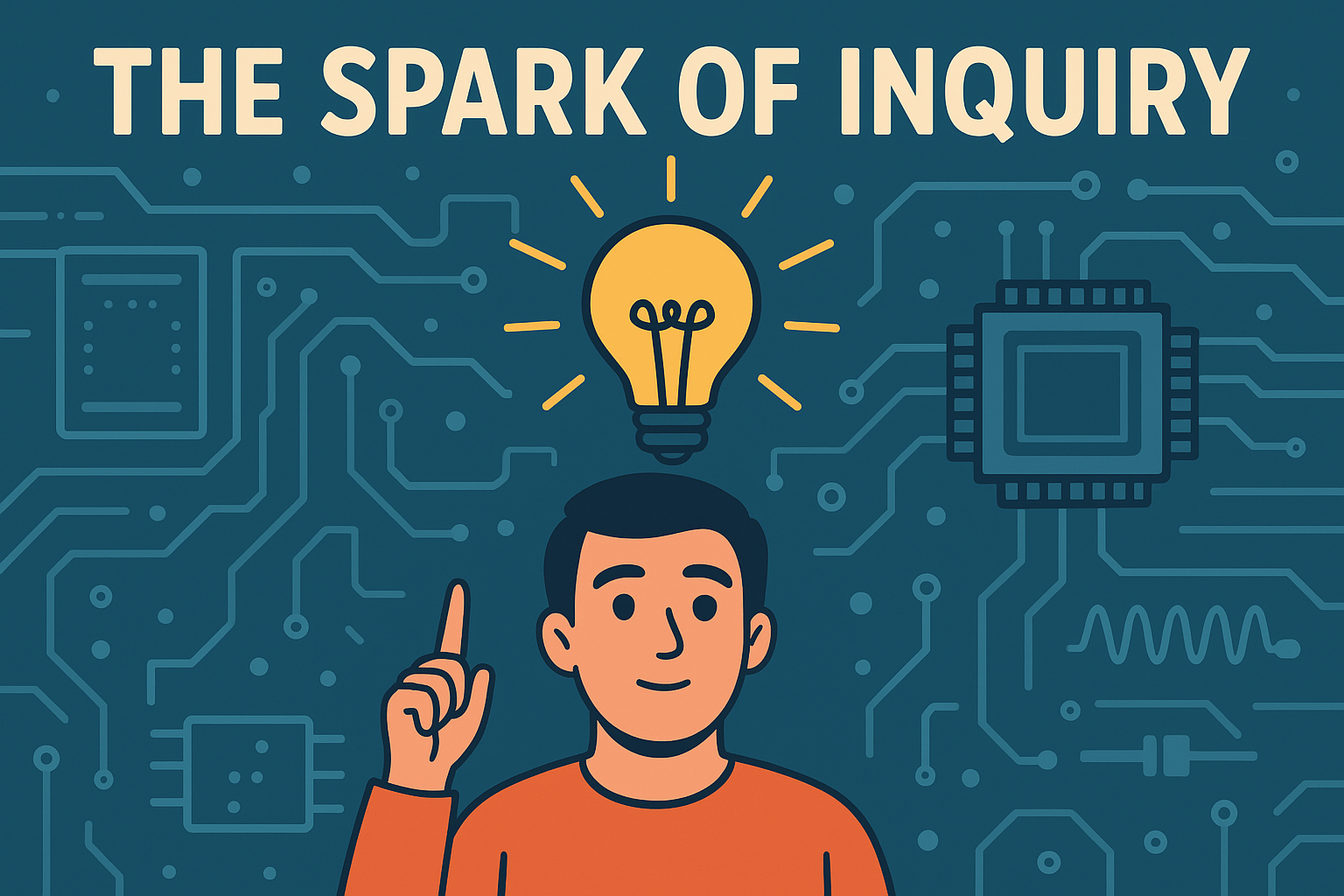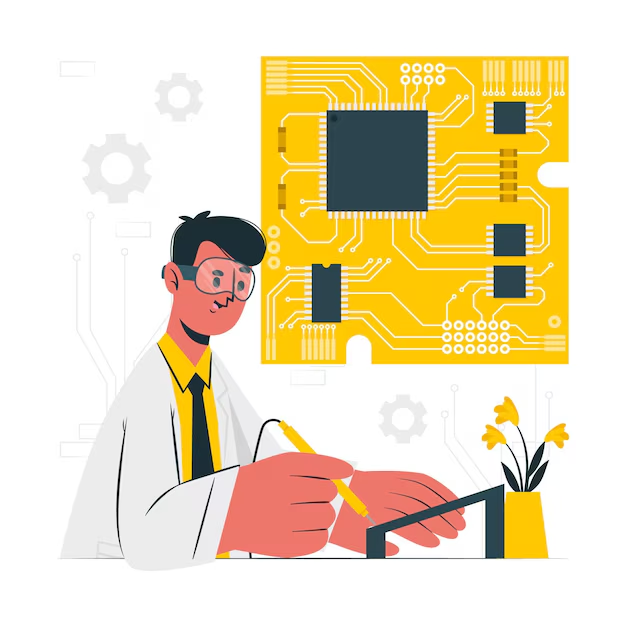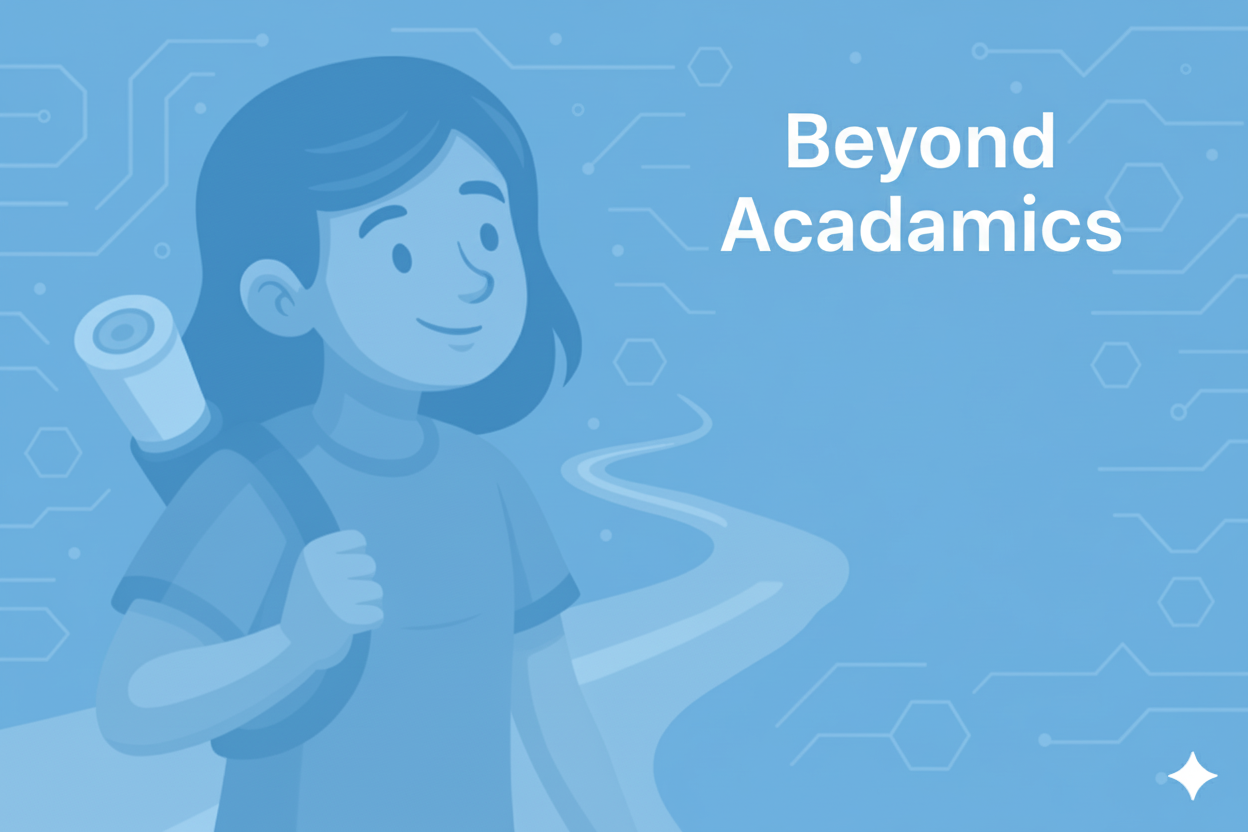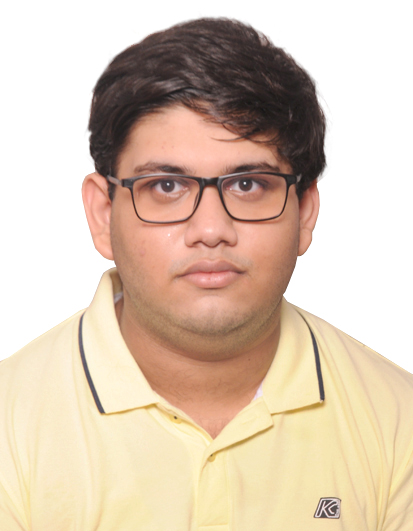
ES (Electronic Systems)
In a quiet corner of West Bengal, a curious child once sat with nothing more than a screwdriver, some discarded gadgets, and a vivid imagination. While others saw broken scraps, young Rudra Das saw puzzles waiting to be solved, dismantling phones and soldering coils to battery connectors.
Fast forward to today, and that same restless mind is driving cutting-edge electronics research. Rudra’s journey from childhood tinkering to a future in the electronics industry reads like a coming-of-age story written in silicon and circuits.
After completing his 12th board exams, Rudra chose Power Engineering for his degree. However, a part of him continued to search for something more deeply rooted in electronics. Fate intervened when an email about the IIT Madras BS Degree program landed in his inbox. For Rudra, this was more than just another academic opportunity; it was the missing puzzle piece he had been waiting for.
“The content felt tailor-made, and the lectures resonated deeply. Compared to an offline degree, the IITM BS degree has exceeded all expectations,” R shares with conviction. His initial doubts about the online format quickly dissolved, replaced by clarity and confidence.
The foundation and diploma courses have already shaped the backbone of his research projects, especially in electronics. “All the courses are intertwined with each other; it felt like watching an entire series,” Rudra reflects. And much like a gripping series, the learning doesn’t end with one episode. Each concept connects, each class builds on the last, until the big picture is revealed.
But what elevates this journey isn’t just the coursework, it’s the community. “Everyone is active, everyone is communicating, that’s what makes the whole community so striving,” Rudra explains. For him, the program feels like a modern-day renaissance workshop, buzzing with instructors, guides, and peers who thrive on interaction and collaboration.
The labs, however, are where the real magic happens. “They are better than any I have seen,” Rudra admits. On campus, the subjects truly come alive. Every lab session evolves into a challenge – complete one, and the next emerges. Professors quiz students through vivas (oral examinations), ensuring that concepts are not just memorized, but internalized and fully understood.
One standout memory for Rudra was working with Prof. Janakiraman on a counter design assignment. It wasn’t just about solving a problem; it was about being pushed beyond his comfort zone, serving as a reminder that true growth happens at the edge of challenge.
“This way of learning is something I have not experienced before,” Rudra states, emphasizing where the program’s genius truly lies: its seamless blend of theory and immediate practical application. The labs, which involve working with peers of all ages, the professional-level discussions, and the hands-on exposure to how industries operate together, provide more than just technical skills; they offer career-shaping insights.
Courses like Electronic Systems and Digital System Design don’t just explain principles; they mirror industry demands. The curriculum, which covers everything from hardware architectures to RISC systems, is constantly updated to ensure students graduate industry-ready. “What they’re teaching is beyond what I imagined could be achieved in a year,” Rudra admits.
Life on campus is equally transformative. Days pass in a blur of labs, intense discussions, and late-night brainstorming. “Being there feels like a dream,” Rudra smiles. As he looks ahead to securing internships and jobs, he knows the program has given him the critical edge of being future-ready.
To students who are still hesitant about joining, Rudra has a simple message: “Don’t hesitate. This degree is not just equal to an offline one; it’s beyond it.”
– written by Ayushi Dixit
